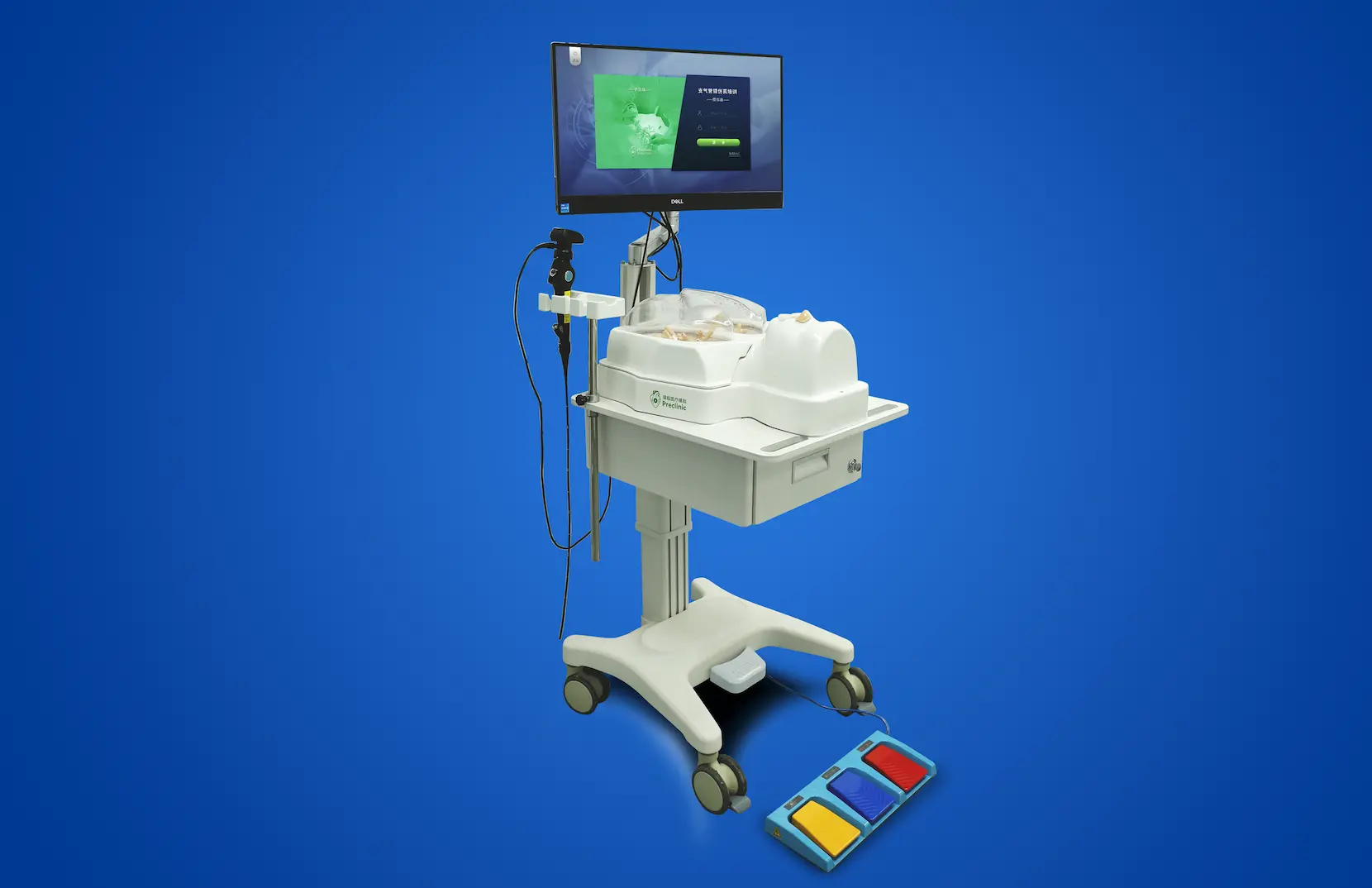What is Medical Simulation Training?
Medical simulation training is an educational approach that uses advanced technology to replicate real-life medical scenarios for training purposes. It allows healthcare professionals to practice and hone their skills in a controlled, risk-free environment. This type of training can include a variety of simulations, from basic procedural tasks to complex surgical operations. By using medical simulation training equipment, trainees can experience realistic scenarios that prepare them for real-world challenges. The goal is to improve clinical skills, decision-making, and overall patient care. Medical simulation training is widely recognized for its effectiveness in enhancing medical education and training. It bridges the gap between theoretical knowledge and practical application, making it an essential component of modern medical education.
Which Institutions Need Medical Simulation Training?
Medical simulation training is crucial for a wide range of institutions, including medical schools, hospitals, and specialized training centers. Medical schools use these programs to provide students with hands-on experience before they encounter real patients. Hospitals implement medical simulation programs to ensure their staff is well-prepared for various medical emergencies and procedures. Specialized training centers focus on advanced simulations, such as heart surgery simulators, to train surgeons in specific fields. Additionally, nursing schools and emergency medical services (EMS) also benefit from simulation training. These institutions rely on high-quality surgical simulation products to maintain a high standard of training. Overall, any institution involved in healthcare education and training can significantly benefit from medical simulation training.
The Importance of Medical Simulation Training
The significance of medical simulation training cannot be overstated. It plays a vital role in improving patient safety by allowing healthcare professionals to practice and perfect their skills. Simulation training helps reduce the risk of errors during actual medical procedures, thereby enhancing patient outcomes. It also provides a safe environment for trainees to learn from their mistakes without any real-world consequences. Furthermore, medical simulation training fosters teamwork and communication among healthcare professionals, which is crucial for effective patient care. By using silicone vascular models and other realistic training tools, trainees can gain a deeper understanding of human anatomy and medical procedures. This type of training also keeps healthcare professionals updated with the latest medical advancements and techniques. In summary, medical simulation training is essential for delivering high-quality healthcare.
Factors Affecting the Effectiveness of Medical Simulation Training
| Factor | Impact on Training Effectiveness | Importance Level |
|---|
| Realism of Simulators | High | High |
| Quality of Training Equipment | High | High |
| Instructor Expertise | Medium | High |
| Trainee Engagement | Medium | Medium |
| Scenario Complexity | High | High |
Several factors influence the effectiveness of medical simulation training. The realism of the simulators is crucial; high-fidelity simulators provide a more authentic training experience. The quality of medical simulation training equipment also plays a significant role in the training’s success. Instructor expertise is another critical factor; experienced instructors can provide valuable insights and guidance. Trainee engagement is essential for effective learning; motivated trainees are more likely to benefit from the training. Lastly, the complexity of the training scenarios can impact the learning outcomes; more complex scenarios offer a deeper learning experience. By considering these factors, institutions can optimize their medical simulation training programs.
Typical Medical Simulation Training Scenarios
Medical simulation training encompasses a wide range of scenarios, each designed to address specific training needs. Common scenarios include basic life support (BLS) and advanced cardiac life support (ACLS) training. Surgical simulations, such as those using a heart surgery simulator, are also prevalent. These simulations allow surgeons to practice complex procedures in a risk-free environment. Emergency response simulations, including trauma and disaster response, are crucial for preparing healthcare professionals for high-pressure situations. Pediatric and neonatal care simulations help train professionals in handling the unique challenges of treating younger patients. Additionally, obstetric simulations prepare healthcare providers for childbirth and related complications. Each of these scenarios uses specialized surgical simulation products to create a realistic training environment.
How to Ensure Successful Medical Simulation Training?
Ensuring the success of medical simulation training involves several key steps. First, institutions should invest in high-quality medical simulation training equipment to provide a realistic training experience. It’s also essential to have experienced instructors who can guide trainees effectively. Regularly updating the training scenarios to reflect the latest medical advancements is crucial for keeping the training relevant. Institutions should also focus on creating a supportive learning environment that encourages trainee engagement and participation. Additionally, incorporating feedback mechanisms can help identify areas for improvement and enhance the overall training experience. For B2B buyers, understanding the specific needs of their institution and selecting the right medical simulation products is vital. By following these steps, institutions can ensure their medical simulation training programs are effective and beneficial.

 English
English  中文
中文 

